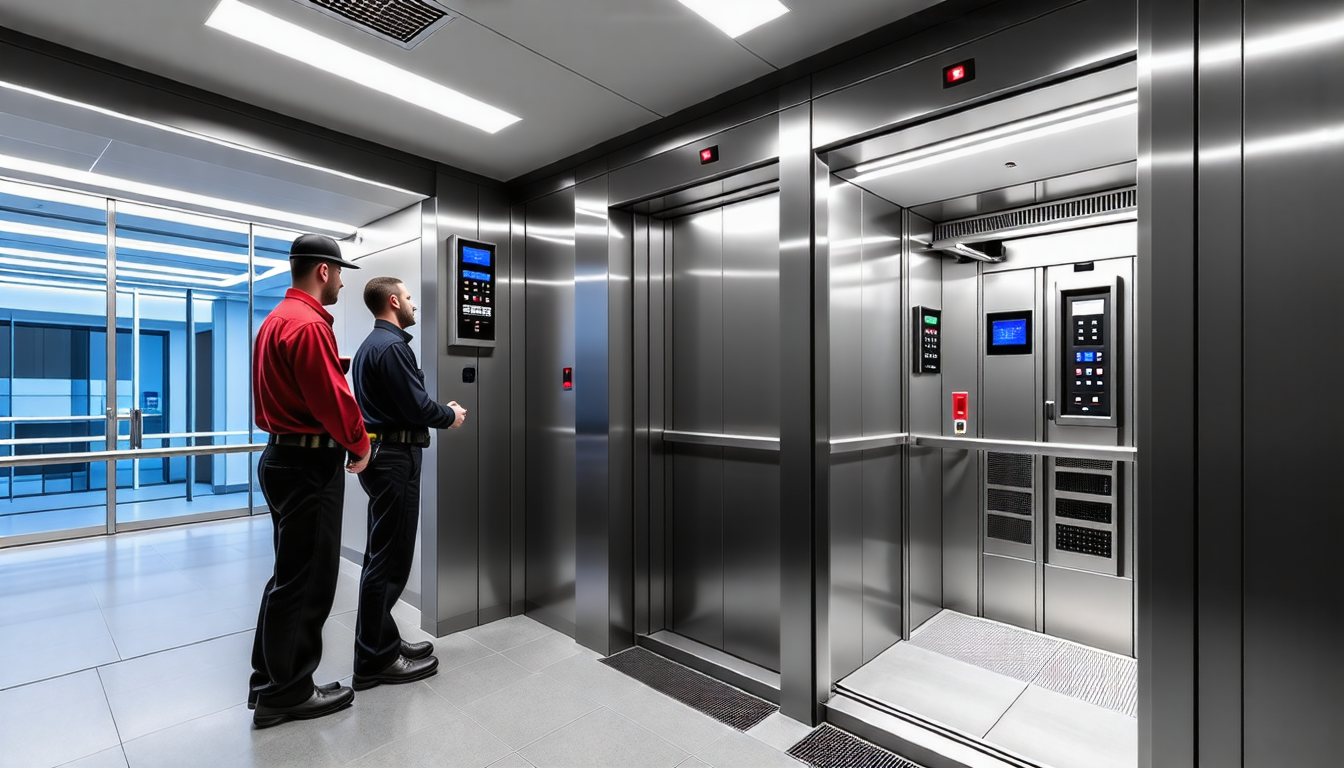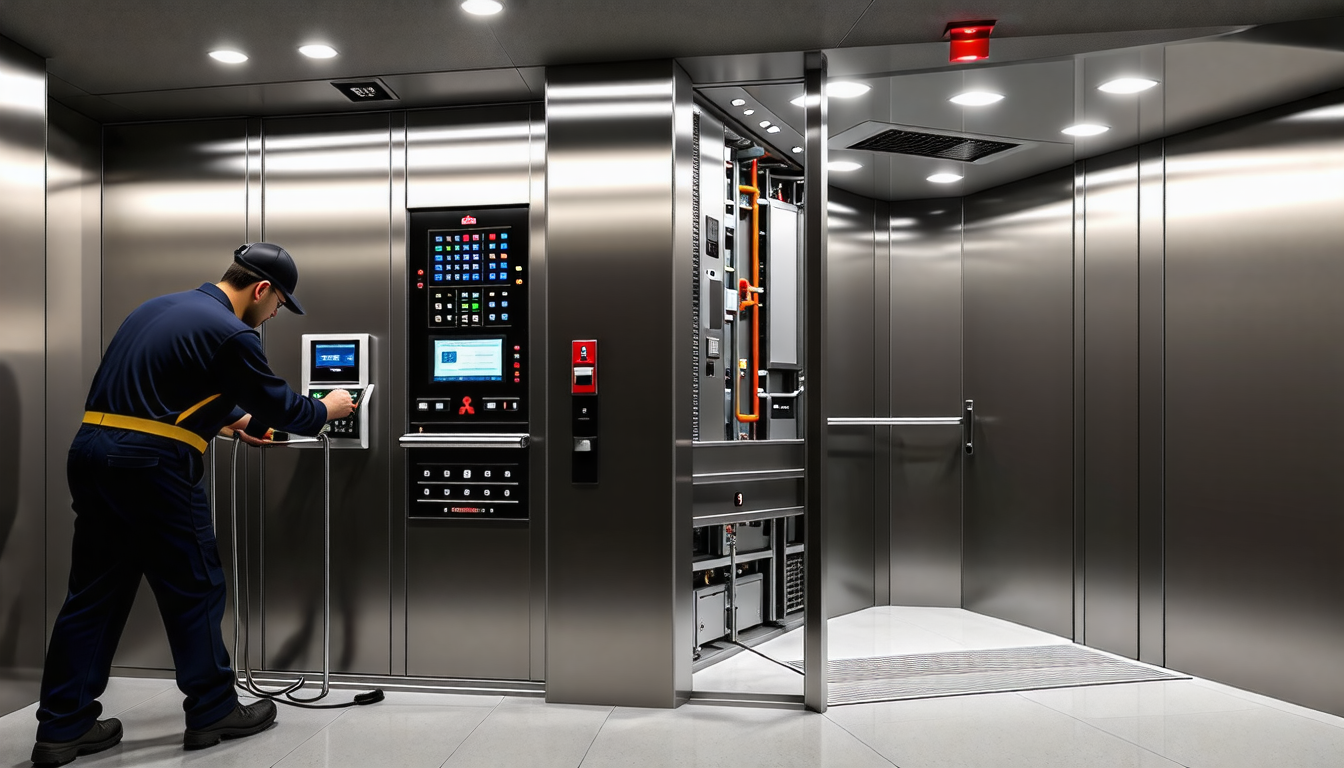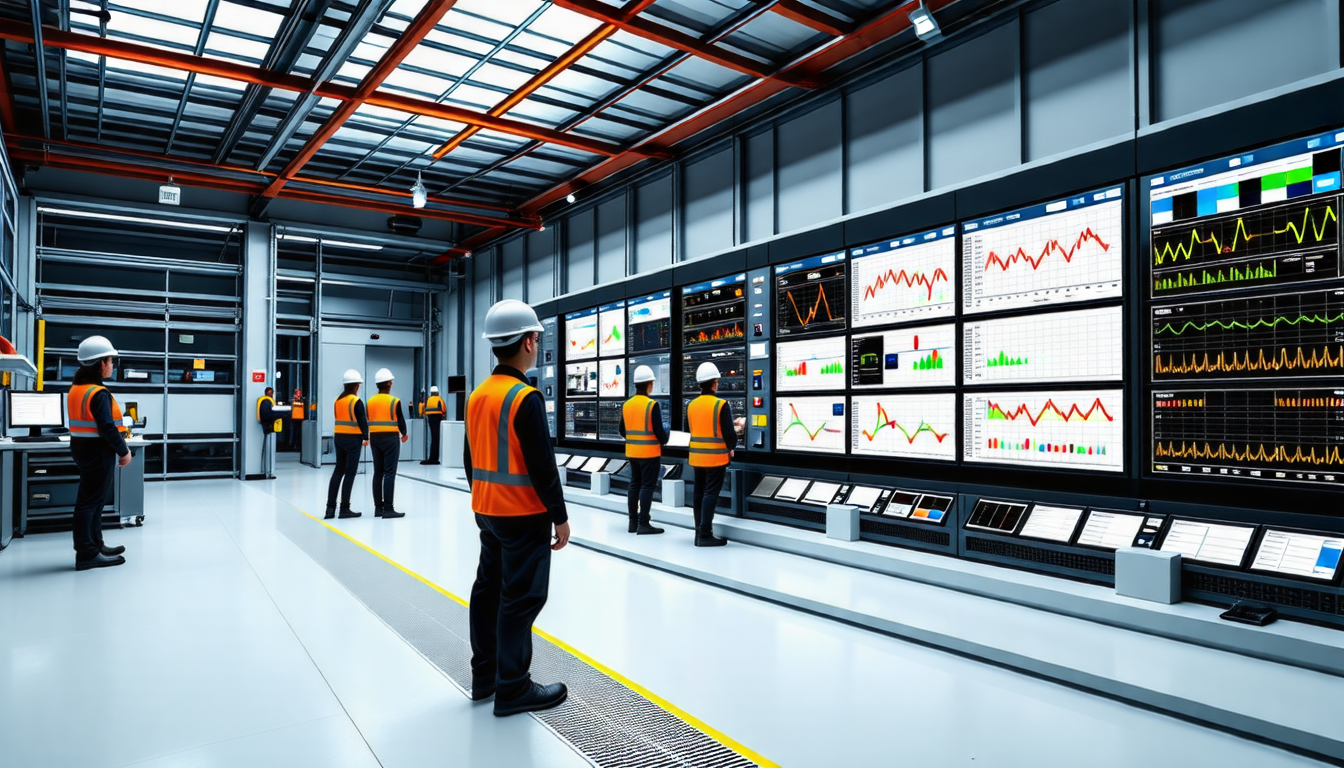|
IN BRIEF
|
Modernizing a Mitsubishi Electric elevator is crucial to enhance safety, efficiency, and overall performance. As elevators age, their components can deteriorate, leading to increased maintenance costs and decreased reliability. Instead of fully replacing the elevator system, an effective modernization approach allows building owners to upgrade only the outdated components, such as the traction machine, control panel, and door motor. This targeted strategy minimizes disruption during the renovation process while limiting the financial burden associated with a complete overhaul. By integrating cutting-edge technologies, like advanced electronics and motors, modern elevators not only improve operational efficiency but also significantly boost passenger comfort and safety. Utilizing structured modernization packages like ELEMOTION™ helps streamline these upgrades, ensuring a seamless transition to more reliable and advanced elevator systems.

Understanding Elevator Modernization
Elevator modernization is the process of updating an existing elevator system to enhance its performance, safety, and efficiency. This is especially crucial for Mitsubishi Electric elevators that, despite their durability, may require upgrades to keep up with technological advancements and safety regulations. Rather than completely replacing an old elevator, modernization integrates new technologies and updates key components, offering a more sustainable and economical solution.
Identifying the Need for Modernization
Before initiating the modernization process, it’s vital to assess the current condition of the elevator system. Common signs indicating the need for upgrades include frequent breakdowns, erratic operation, and compliance issues with the latest safety standards. Additionally, a performance audit can reveal inefficiencies in how the system operates. Keeping an eye on these indicators will help ensure the elevator continues to meet the demands of its users while minimizing downtime.
Choosing the Right Modernization Package
Mitsubishi Electric offers various modernization packages tailored to address specific issues. One such solution is the ELEMOTION™ modernization package. This innovative package focuses on replacing only the outdated components such as the traction machine, control panel, or door motor, ensuring that upgrades are both effective and cost-efficient. Evaluating the available packages allows building managers to choose the most suitable option without unnecessary replacement of functional equipment.
Evaluating Key Components for Upgrade
The effectiveness of elevator modernization largely depends on identifying which components require updates. Some essential components to consider include:
- Traction Machines: Upgrading to newer models can greatly enhance operational efficiency and energy consumption.
- Control Systems: Modernizing the control panel provides faster response times and improved user experience.
- Door Mechanisms: New door systems not only ensure smoother operation but also enhance passenger safety.
Performing a thorough examination of these components will help in making informed decisions for optimal modernization.
Integrating Advanced Technologies
The integration of advanced technologies is a cornerstone of effective modernization. This not only involves replacing outdated hardware but also incorporating the latest software solutions. Enhanced control systems equipped with modern sensors and AI algorithms can significantly improve ride quality and operational efficiency. Furthermore, Mitsubishi Electric elevators benefit from state-of-the-art monitoring systems that allow for predictive maintenance, which minimizes unexpected downtime and repair costs.
Utilizing Energy-Efficient Solutions
Adopting energy-efficient technologies during modernization is crucial for reducing operational costs and environmental impact. Upgrading to regenerative drives can not only improve system efficiency but also harness energy that would otherwise be wasted. This energy can be redirected back into the building’s electrical system, providing additional savings. Additionally, LED lighting within elevator cabs can significantly reduce energy consumption, offering a dual benefit of modernization and sustainability.
Ensuring Compliance with Safety Standards
With increasing regulations surrounding elevator safety, ensuring compliance during modernization is paramount. Upgrading to meet new standards not only improves passenger safety but also protects building owners from potential liabilities. Implementing advanced safety features such as door obstruction sensors and emergency communication systems can help meet regulatory requirements while providing peace of mind to users.
Training for Maintenance Personnel
Post-modernization, it is vital to ensure that maintenance personnel are adequately trained in the new technologies and systems. Training sessions should be organized to familiarize staff with updated procedures and technologies. This preparation is crucial to guarantee safe and efficient operations moving forward, as modern systems may introduce complexities requiring specialized knowledge for effective management.
Cost Considerations for Modernization
Understanding the costs associated with elevator modernization is essential for effective budgeting. Initial costs may vary significantly based on the extent of the upgrades required and the specific components being replaced. While modernization may seem expensive at first, the long-term savings in maintenance costs and energy consumption often outweigh the initial investment. Various financing options, including leasing and government incentives, can also alleviate the financial burden, making modernization a more accessible undertaking.
Long-Term Benefits of Elevator Modernization
Modernizing a Mitsubishi Electric elevator brings numerous long-term benefits. Enhanced reliability and performance translate to user satisfaction and reduced operational downtime. Additionally, energy-efficient technologies contribute to significant cost savings over time. Improved safety features help ensure compliance and minimize potential legal liabilities. As a result, building owners not only enhance the value of their property through modernization but also create a safer and more comfortable environment for occupants.
Engaging with Qualified Professionals
Engaging with qualified professionals during the modernization process is crucial for ensuring the success of the project. Consulting with experts knowledgeable in Mitsubishi Electric systems can help in selecting the best modernization strategy. These professionals bring expertise that aids in identifying issues, providing tailored solutions, and ensuring that updates adhere to local codes and regulations. Leveraging this professional insight will help streamline the modernization process and reduce the risk of common pitfalls.
Evaluating the Modernization Process
After implementation, evaluating the outcomes of the modernization process is essential. Gathering feedback from users can provide valuable insights into the performance improvements and areas needing further attention. Regular performance assessments can help in understanding the efficiency of the updated system and guide future maintenance and upgrades.
Staying Informed on New Technologies
The field of elevator technology continues to evolve rapidly. Staying informed about emerging technologies is crucial for ongoing modernization efforts. This may involve attending industry conferences, subscribing to relevant publications, or participating in professional associations. By remaining connected to the latest advancements, building owners can ensure that their Mitsubishi Electric elevators continue to operate efficiently and safely over time.
Exploring the Variety of Mitsubishi Electric Elevator Types
Understanding the various types of Mitsubishi Electric elevators available can play a significant role in determining the best modernization strategies. From traction to hydraulic systems, knowing the specific attributes and requirements of each type helps tailor modernization efforts effectively. The manufacturer’s resources provide insights into these different models, enabling informed decisions during the upgrade process.
For more information on the various elevator types, refer to this resource.
Incorporating these various strategies and insights ensures a thorough and effective modernization of Mitsubishi Electric elevators. With a focus on technology, safety, and efficiency, building owners can greatly enhance their elevator systems, providing a safe and reliable service for users while optimizing costs over time.
Modernizing a Mitsubishi Electric elevator involves a strategic approach focused on enhancing performance and extending the lifespan of the system. Begin by assessing the existing infrastructure, identifying outdated components that require replacement or upgrading, such as the traction machine and control panel. Implementing the ELEMOTION™ modernization package can significantly alleviate aging issues while promoting safety and comfort. Additionally, integrating advanced technology in motors and electronics improves efficiency and reliability. Regular maintenance and utilizing diagnostic tools enable technicians to perform effective troubleshooting and repairs, ensuring optimal functionality. These modernization efforts not only improve user experience but also reduce long-term operational costs.
FAQ on Effective Mitsubishi Electric Elevator Modernization
Q: What is elevator modernization?
A: Elevator modernization involves updating existing systems by replacing outdated components with advanced technologies to improve safety, performance, and efficiency.
Q: How can the ELEMOTION™ package help?
A: The ELEMOTION™ modernization package focuses on resolving elevator aging issues by replacing only deteriorated components, such as the traction machine and control panel, enhancing the system’s overall quality.
Q: Do I need to replace the entire elevator system?
A: No, elevator modernization allows for the selective replacement of equipment without the need to replace the entire system, reducing costs and minimizing disruption.
Q: What are the benefits of modernizing elevators?
A: Modernization can lead to improved performance, increased efficiency, reduced maintenance costs, and enhanced passenger comfort and safety.
Q: How does the maintenance computer aid technicians?
A: The maintenance computer offers real-time data, enabling technicians to quickly assess situations upon arrival, which promotes efficient maintenance and decreases restoration times.
Q: What technologies are integrated during modernization?
A: Modernization integrates newer technologies in motors, electronics, and other components, significantly enhancing the elevator’s fundamental performance and reliability.
Q: How often should an elevator be modernized?
A: The frequency of modernization depends on usage, but it is generally recommended to assess performance and components every 10-15 years.
Q: What components are typically replaced during modernization?
A: Common components that may be replaced include the traction machine, control panel, and door motor, ensuring safety and functionality.
Q: How do I begin the modernization process?
A: Start by conducting an assessment of the current elevator system, identifying areas that need upgrades, and consulting with a professional for tailored modernization solutions.

